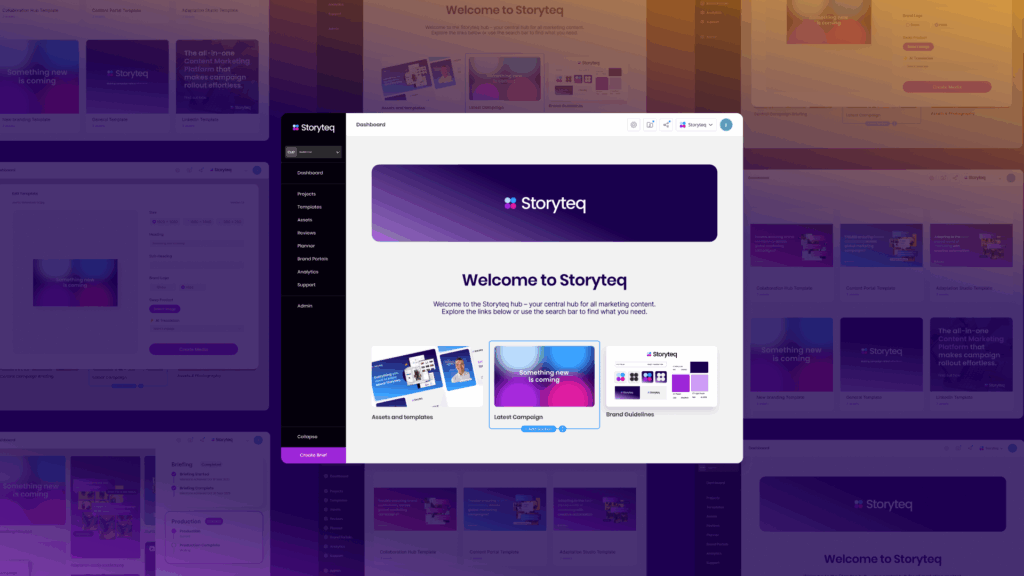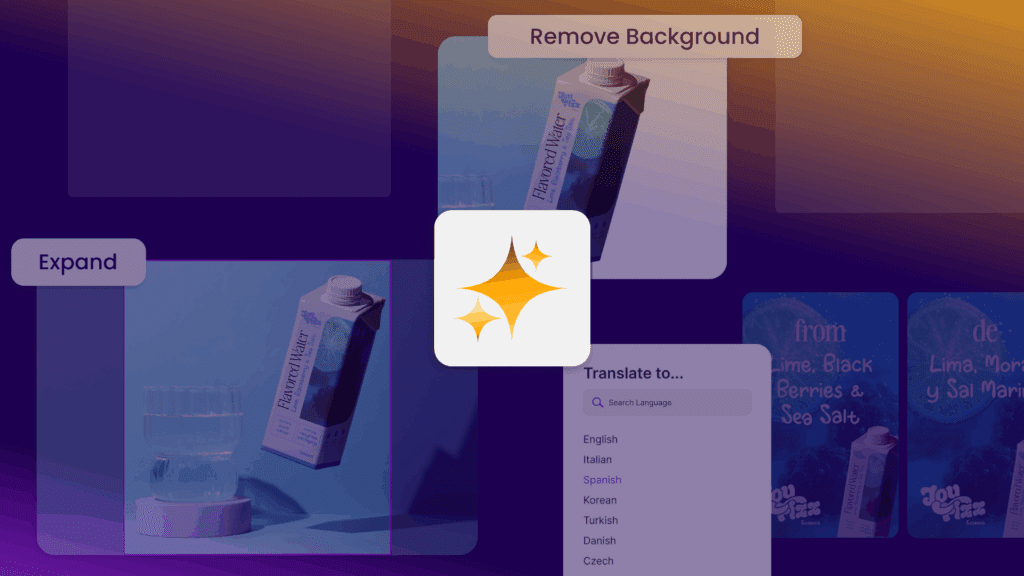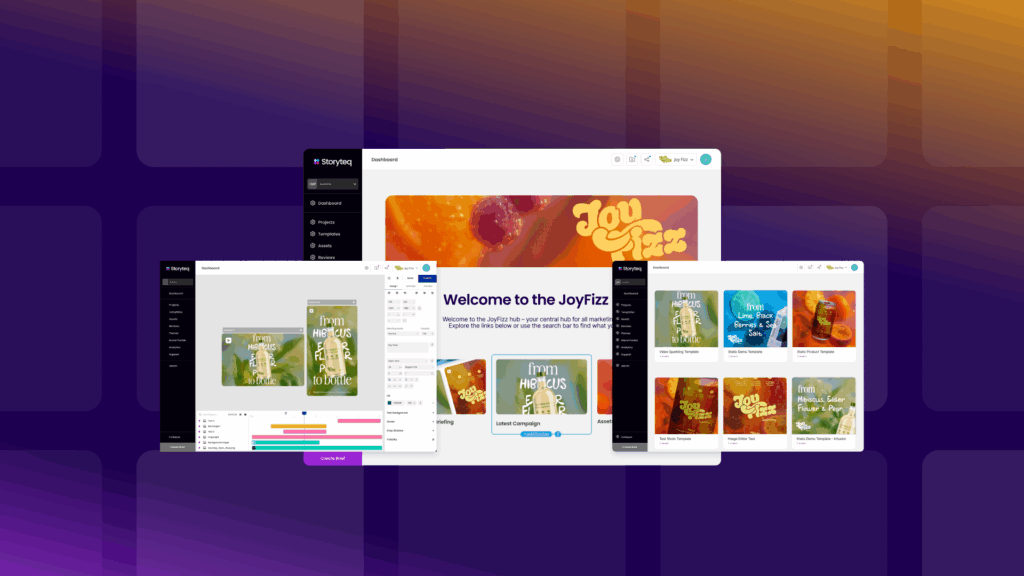Measuring the effectiveness of AI-generated content requires a comprehensive approach that combines quantitative metrics with qualitative assessment. Effective measurement involves tracking engagement metrics like time on page and bounce rates, conversion metrics including direct and assisted conversions, and qualitative factors such as brand voice consistency and accuracy. Unlike traditional content, AI-generated content evaluation should also consider production efficiency, adaptation capabilities, and the balance between automation and human oversight. By establishing clear benchmarks and consistently monitoring performance across these dimensions, marketers can optimize their AI content strategy and ensure it delivers measurable business results.
What are the primary metrics for measuring AI-generated content effectiveness?
The primary metrics for measuring AI-generated content effectiveness fall into four key categories: engagement metrics, conversion metrics, production efficiency metrics, and content quality indicators. Each category provides different insights into how well your AI content is performing and where improvements might be needed. Together, these metrics create a comprehensive framework for evaluating whether your AI content investment is delivering the expected returns.
For engagement metrics, focus on:
- Time on page – Measures how long users interact with your content
- Bounce rate – Indicates whether content meets user expectations
- Scroll depth – Shows how much of your content users actually consume
- Social shares and comments – Reveals content resonance with your audience
Conversion metrics should track:
- Conversion rate – The percentage of visitors who complete desired actions
- Click-through rate (CTR) – Measures content’s ability to prompt the next step
- Return on ad spend (ROAS) – Particularly relevant for AI-generated ads
- Lead quality – Assesses if AI content attracts qualified prospects
Production efficiency metrics help quantify the operational benefits:
- Content production time – Compare AI vs. human creation timeframes
- Resource allocation – Measure team time saved through automation
- Scale capability – Track volume of content variations produced
Content quality indicators include technical aspects like:
- SEO performance – Rankings, organic traffic, and visibility
- Readability scores – Ensure content matches audience comprehension levels
- Error rates – Monitor factual accuracy and linguistic correctness
These metrics differ from traditional content evaluation frameworks primarily in how they emphasize efficiency and scale alongside quality and performance. When implementing these measurements, ensure your analytics tools are properly configured to capture these specific data points for AI-generated content.
How does AI-generated content impact audience engagement?
AI-generated content impacts audience engagement in multiple ways, both positive and negative, depending on its quality and implementation. When properly optimized, AI content can drive higher engagement through increased personalization, consistent publishing schedules, and improved relevance. However, poorly implemented AI content risks appearing generic or tone-deaf, potentially reducing engagement and damaging brand perception.
To properly track AI content’s impact on engagement, monitor these key signals:
- User behavior patterns – Compare time on page, scroll depth, and interaction rates between AI and human-created content to identify differences in how users consume each type
- Social sharing metrics – Track which content types generate more organic shares and amplification
- Comment quality and sentiment – Analyze the tone and depth of user comments on AI vs. human content
- Return visitor rates – Measure whether AI content builds audience loyalty over time
AI content often excels at engagement when it’s used for:
- Content personalization – Adapting messaging based on user preferences and behaviors
- Dynamic content updating – Refreshing information based on real-time data
- Content scaling – Creating multiple variations tailored to different audience segments
- Consistent publishing – Maintaining regular content schedules across channels
When analyzing engagement metrics for AI content, it’s important to segment your data by content type, channel, and audience demographics. This granular approach helps identify where AI content performs well and where human creation might still deliver better results. Many marketers find that a hybrid approach—using AI for certain content types while maintaining human oversight—delivers the best engagement outcomes.
Tools like heatmap tracking, session recordings, and A/B testing can provide valuable insights into how users interact with different content types. These methods allow you to move beyond basic metrics to understand the qualitative aspects of user engagement with AI-generated content.
What role do conversion metrics play in evaluating AI content?
Conversion metrics serve as the ultimate effectiveness measure for AI-generated content by connecting content performance directly to business outcomes. While engagement metrics show if users interact with content, conversion metrics reveal whether that engagement translates into valuable actions. For AI content, tracking both direct and assisted conversions is essential to understand its full impact on the customer journey.
Key conversion metrics to track for AI content include:
- Direct conversion rate – The percentage of users who complete a desired action immediately after consuming AI content
- Assisted conversions – When AI content appears earlier in the path to purchase but contributes to eventual conversion
- Conversion path analysis – Identifying where in the customer journey AI content has the most impact
- Cost per acquisition (CPA) – Measuring the efficiency of AI content in generating conversions
- Customer lifetime value (CLV) – Determining if AI content attracts high-value customers
Attribution models play a crucial role in properly evaluating AI content’s conversion impact. Consider implementing:
- Multi-touch attribution – Gives credit to all touchpoints in the conversion path, including AI content
- Time-decay models – Weighs touchpoints closer to conversion more heavily
- Data-driven attribution – Uses machine learning to determine the actual contribution of each content piece
When evaluating conversion performance, compare AI content against human-created content in similar contexts. This approach helps identify whether AI content excels at certain conversion goals (like newsletter signups) while perhaps underperforming for others (like high-value purchases).
Set up proper tracking parameters to distinguish between different AI content types and sources. This granular tracking allows you to identify which AI content strategies drive the most valuable conversions, helping you optimize your content investment and focus resources where they’ll have the greatest impact on your bottom line. Learn more about effective conversion tracking for automated content.
How can you establish meaningful benchmarks for AI content performance?
Establishing meaningful benchmarks for AI content performance requires creating a structured framework that compares your AI-generated content against both human-created content and industry standards. Effective benchmarking provides context for your metrics and helps set realistic improvement targets based on content type, channel, and business objectives.
Start by creating a baseline performance assessment:
- Audit your existing content performance across key metrics (engagement, conversions, etc.)
- Segment performance data by content type, channel, and audience
- Identify your current “performance ceiling” with human-created content
- Document production efficiency metrics for your current content creation process
When setting benchmarks for AI content, consider these approaches:
- Comparative benchmarking – Directly compare AI vs. human content performance for the same content types
- Progressive benchmarking – Set incremental improvement targets as AI systems mature
- Efficiency-adjusted performance – Consider content performance in relation to production time/resources
- Channel-specific benchmarks – Recognize that performance expectations vary by platform
Industry benchmarks can provide valuable context, but remember that averages may not reflect your specific situation. Instead, focus on relative improvement over time within your own content ecosystem.
Establish a regular cadence for performance review and benchmark updates. AI systems improve rapidly, so quarterly reassessment of benchmarks helps ensure your targets remain challenging yet achievable. Document both performance metrics and production efficiency gains to show the complete value of your AI content implementation.
By creating a robust benchmarking framework, you transform raw metrics into actionable insights that guide your AI content strategy. This structured approach helps demonstrate ROI to stakeholders while providing clear direction for ongoing optimization efforts.
What qualitative factors should be considered when evaluating AI content?
Beyond quantitative metrics, qualitative assessment remains essential for evaluating AI-generated content effectively. These subjective factors often determine whether content resonates with audiences and represents your brand appropriately, regardless of performance numbers. A comprehensive evaluation combines automated quality checks with human judgment to ensure AI content meets your standards.
Key qualitative factors to assess include:
- Brand voice consistency – Does the AI content maintain your brand’s unique tone, personality, and values?
- Accuracy and factual correctness – Is the information presented accurate and up-to-date?
- Contextual relevance – Does the content address the specific needs of your audience in different situations?
- Creativity and originality – Does the content offer fresh perspectives or merely repackage existing information?
- Emotional resonance – Can the content forge emotional connections with readers?
- Cultural sensitivity – Is the content appropriate across different cultural contexts?
Effective evaluation processes typically combine:
- Human review panels – Subject matter experts and brand guardians who evaluate content quality
- Audience feedback mechanisms – Direct input from users about content quality and relevance
- Automated quality scoring – AI tools that check for readability, grammar, tone, and other objective factors
- Competitive analysis – Comparison against competitor content quality and approach
Create a standardized evaluation rubric that scores AI content across these qualitative dimensions. This approach brings consistency to what could otherwise be a highly subjective process. Consider implementing a tiered review system where routine content undergoes automated checks, while high-stakes content receives more rigorous human review.
Remember that qualitative assessment isn’t separate from performance metrics—they’re complementary. Content that scores well on qualitative factors typically performs better on engagement and conversion metrics over time. By balancing quantitative measurement with qualitative assessment, you develop a complete picture of your AI content’s effectiveness.
At Storyteq, we understand the challenges of measuring AI content effectiveness while maintaining quality at scale. Our platforms are designed to help marketing teams balance automation with quality control, ensuring your AI-generated content delivers consistent results. Learn more about how our solution can help you scale content production while maintaining quality standards.



